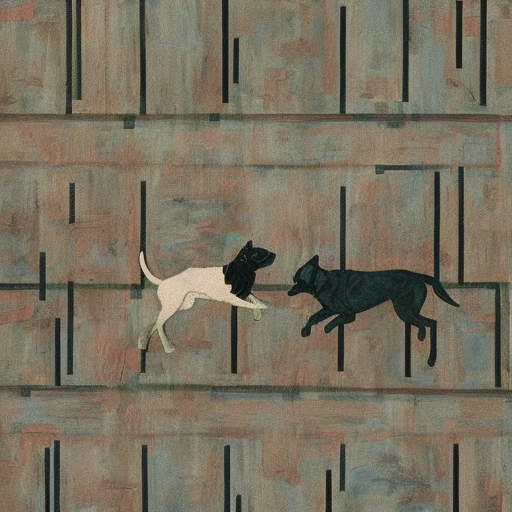The Plague Dogs (1982): A Heartbreaking Tale of Survival and Friendship
Main Cast and Crew:
- Director: Martin Rosen
- Writer: Martin Rosen (screenplay), Richard Adams (novel)
- Key Actors: John Hurt (Snitter), Christopher Benjamin (Rowf), James Bolam (The Tod), Nigel Hawthorne (Dr. Boycott)
- Music Director: Patrick Gleeson
- Director of Photography: John Hubley
- Producers: Martin Rosen, Tony Guy
Plot:
The Plague Dogs, based on the novel by Richard Adams, tells the story of two dogs, Snitter and Rowf, who escape from a research laboratory in the English countryside. Snitter, a small terrier, was once a beloved pet until an accident left him with a distinctive scar on his head. Rowf, a black Labrador, has been subjected to cruel experiments and has developed a deep fear of water.
As the two dogs venture into the wild, they face numerous challenges and dangers. They struggle to find food, avoid capture, and navigate the harsh landscape. Along the way, they encounter a cunning fox named The Tod, who becomes their guide and mentor.
Meanwhile, the research facility, led by the ruthless Dr. Boycott, launches a massive hunt to recapture the dogs, fearing that they may carry a deadly disease. The media sensationalizes the situation, portraying the dogs as plague carriers, further fueling the public’s fear and anger.
Snitter and Rowf’s journey is a poignant exploration of friendship, survival, and the cruelty of human beings. They experience moments of joy and despair, forming a deep bond as they rely on each other for support and protection. As their story unfolds, the film raises thought-provoking questions about animal rights, the ethics of scientific experimentation, and the destructive power of fear and misinformation.
Themes and Motifs:
The Plague Dogs delves into several central themes, including the inherent value of all living beings, the consequences of human actions on the natural world, and the capacity for resilience and hope in the face of adversity. The film also explores the complex relationship between humans and animals, highlighting the cruelty and indifference that can exist alongside compassion and empathy.
The motif of water runs throughout the film, symbolizing both freedom and danger. Rowf’s fear of water represents his fear of the unknown and his traumatic past, while the dogs’ ultimate confrontation with water becomes a powerful metaphor for their journey towards liberation.
Reception and Legacy:
Upon its release, The Plague Dogs received critical acclaim for its emotional depth and powerful storytelling. However, its dark and uncompromising themes made it a challenging watch for some audiences, resulting in limited commercial success.
The film’s legacy lies in its ability to provoke discussion and raise awareness about animal rights and the ethical treatment of animals in scientific research. It remains a poignant reminder of the consequences of human actions on the natural world and the importance of empathy and compassion.
Although The Plague Dogs did not receive any major awards or nominations, it has gained a cult following over the years, with many considering it a hidden gem of animated cinema.
Recommendation:
The Plague Dogs is a deeply moving and thought-provoking film that explores complex themes and challenges the viewer’s perspective on animal rights and human responsibility. It is a must-watch for those who appreciate mature and emotionally impactful storytelling. However, due to its intense and sometimes distressing content, it may not be suitable for sensitive viewers or young children.
Memorable Quote:
“I’m not a thief, I’m a liberator of life!” – The Tod












